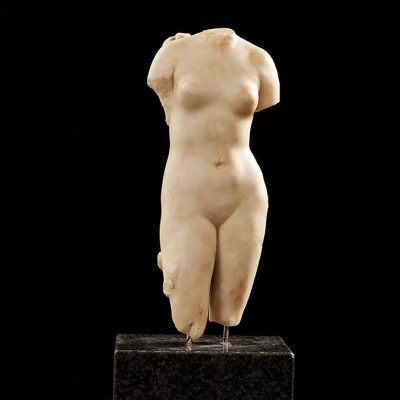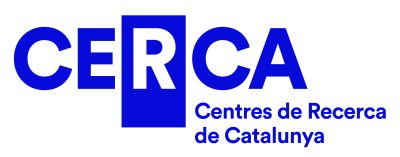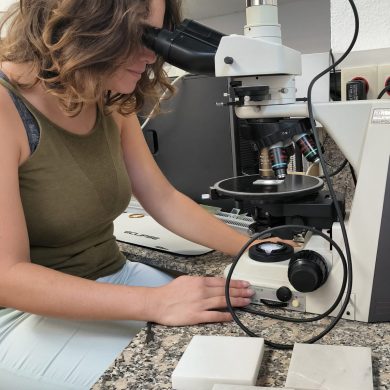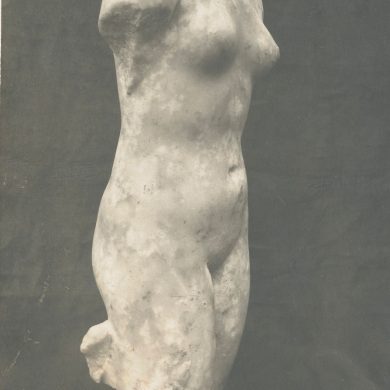
The Venus of Badalona: A Roman Sculpture Full of Surprises.
This November marks 90 years since Badalonian archaeologist Joaquim Font i Cussó discovered a Venus sculpture during excavations in the lower part of Clos de la Torre, in Badalona, near what is now the Assemblea de Catalunya square.
The Venus immediately became a symbolic piece for the city. Initially displayed at the Agrupació Excursionista de Badalona museum, the sculpture was looted in 1940 during the post-war period and transferred to the Provincial Archaeological Museum of Barcelona (now the Museu d’Arqueologia de Catalunya), where it remained until 1980.
Recently, the Catalan Institute of Classical Archaeology (ICAC), through its Archaeometric Studies Unit (UEA) led by researcher Anna Gutiérrez, has collaborated with the Museo de Badalona to conduct a thorough reassessment of this small 1st-century AD sculpture. Following the latest trends in archaeological research, a comprehensive archaeometric study of the marble used to craft the sculpture has been carried out. Several advanced techniques were applied, primarily petrographic analysis, cathodoluminescence analysis, and mass spectrometry.
The findings from these joint studies will be presented for the first time at a conference led by researchers Marie-Claire Savin (ICAC), Esther Gurri (Badalona Museum), Andrea Collado (UAB), and Anna Gutiérrez (ICAC), highlighting the importance of interdisciplinary research in the reinterpretation of these historical artifacts.
The conference, “The Venus of Badalona: A Roman Sculpture Full of Surprises,” will take place on Tuesday, November 19th, at 7 p.m. at the Badalona Museum (free admission until full capacity is reached).
Related News:
«Ni la aleta de un delfín ni una concha: lo que sobresale de la Venus de Badalona podría ser el ala de Cupido», El Periódico, January 24, 2024.
«Desvelat què sobresurt de la cuixa de Venus: l’ala de Cupido», Badalona Comunicació, January 23, 2024.
About the Catalan Institute of Classical Archaeology (ICAC)
The Catalan Institute of Classical Archaeology (ICAC-CERCA) is a CERCA center established as a consortium in 2003 by the Government of Catalonia and the Rovira i Virgili University. It is a Catalan institution with an international scope, at the forefront of research and conservation of archaeological heritage. Its headquarters are in Tarragona, a city recognized as a UNESCO World Heritage Site in 2000. Its researchers work to understand the past, through the study of archaeological remains and promote the preservation of the historical legacy. We are CERCA!
For more information, visit www.icac.cat.








